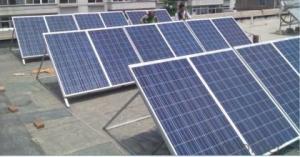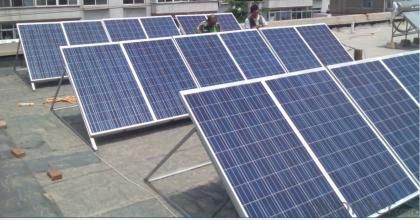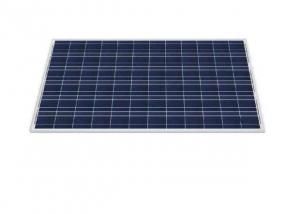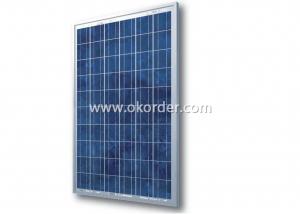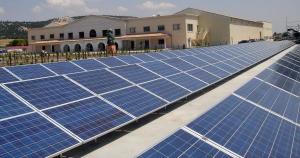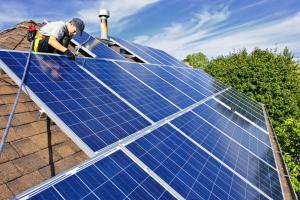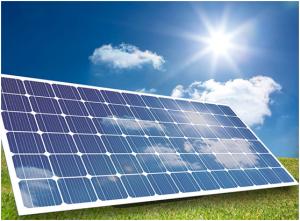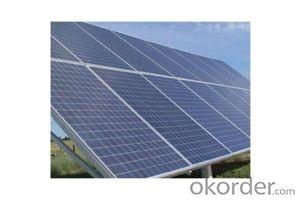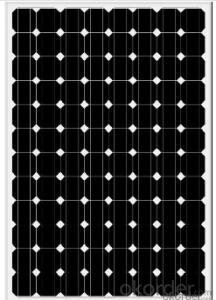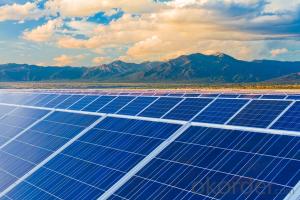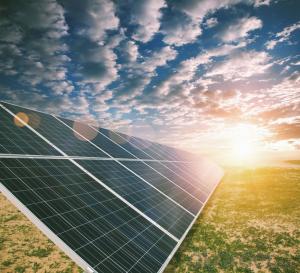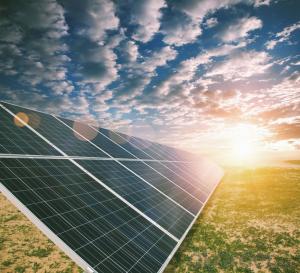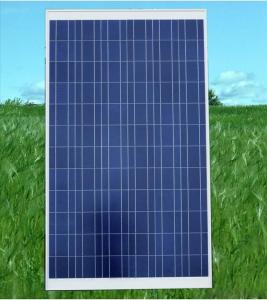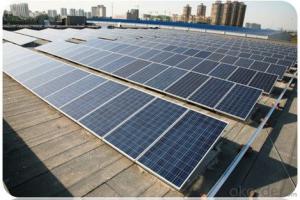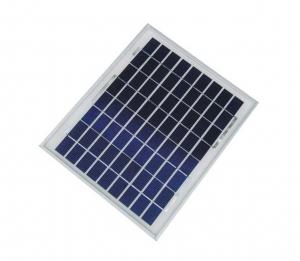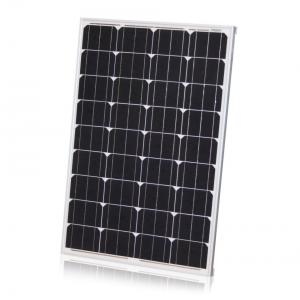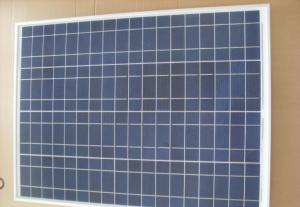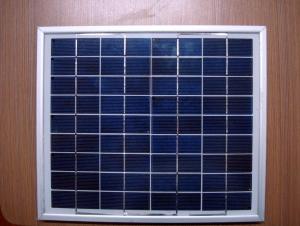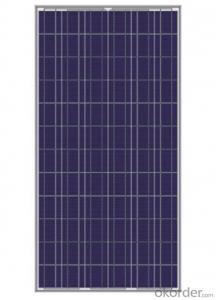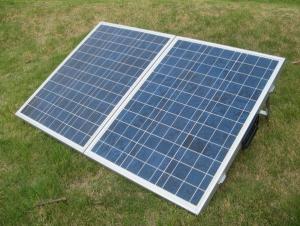Rollable Silicon Polycrystalline Solar Panel 260WP
- Loading Port:
- Shanghai
- Payment Terms:
- TT OR LC
- Min Order Qty:
- 200000 watt
- Supply Capability:
- 10000000 watt/month
OKorder Service Pledge
OKorder Financial Service
You Might Also Like
Specification
Solar cell module production process
CNBM SOLAR is a global leading PV manufacturer with production facilities in China, Japan, South Africa and a network of over 15 sales offices worldwide, including Germany, UK, USA, Canada and Japan, providing local customer service backed by global PV market experience.
FAQ:
1. How long will my inquiry get response?
Your inquiry related to our products or prices will be replied within 24 hours.
2. Can I get professional service and suggestion?
Well-trained and experienced staffs to answer all your questions in fluent English.
3. Do you accept OEM or customized design?
OEM & ODM, any your customized lightings we can help you to design and put into product.
4. What if I need specific design?
Distributorship are offered for your unique design and some our current models.
About us
We are a high-tech group wich specializes in solar products design,research, manufacture, sales,solar projects design and installation.
Our national sales service covers seven parts, including northeast, north, east, middle, south, northwest and southwest, international sales covers five continents and over forty countries, including Germany, Italy, Spain, France, America and Brazil etc.
We now provide Polycrystalline Silicon Solar Module;Thin Film Solar Module;Monocrystalline Silicon Solar Module Feature of our product
High conversion efficiency mono/poly-crystalline amorphous silicon solar cells
Modules incorporate high performance bypass diodes to minimize the power drop caused by shading
High transmittance, low-iron tempered glass
High performance EVA resin to prevent destroying and water.
AI frame: without screw, corner connection. 8 holes on the frame can be installed easily
Good performance of preventing from atrocious weather such as wind and hails
Certifications: CE IEC TUV VDE, Class I
10 years 90% output warranty
25 years 80% output warranty
Depends on various demands from different customers, CNBM could supply any kinds of service to meet you, please feel free to contact us at any time.
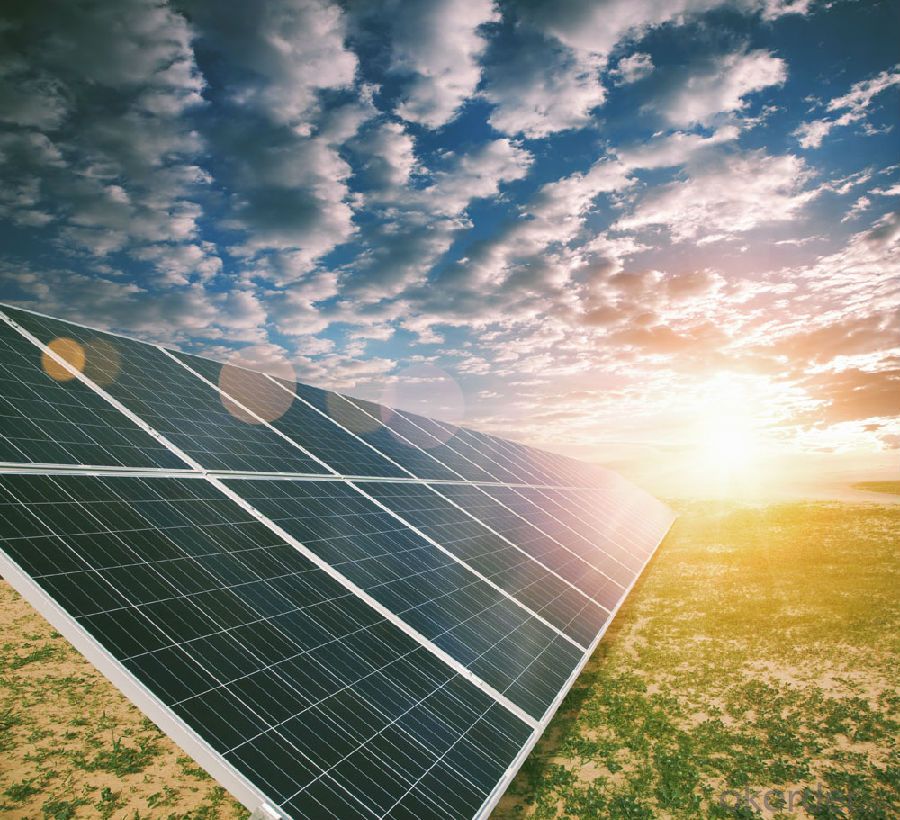
With the company crossing the threshold of 1 GW installations in 2013 and with 700 MW installed in 2014 alone, the photovoltaic modules from CNBM SOLAR are successfully used by satisfied customers in a large number of projects all around the world – from small residential systems up to utility scale systems. On this page you will find a selection of projects in the residential, industrial / commercial and utility segments featuring CNBM SOLAR high quality mono- and polycrystalline solar modules, deployed in different countries worldwide.
CNBM SOLAR is further active in the development of solar power plants in Asia as acknowledged EPC and in Europe through cooperation with major project developers. To learn more about our international project development activities, please refer to our Project Development section.
- Q: How do solar panels affect the property's operating costs?
- Solar panels can significantly reduce a property's operating costs by generating clean and renewable energy, thereby reducing or even eliminating the need for traditional electricity from the grid. This results in lower monthly utility bills, as well as potential incentives such as net metering or feed-in tariffs that allow excess energy to be sold back to the grid. Additionally, solar panels require minimal maintenance and have a long lifespan, further contributing to cost savings over time.
- Q: Can solar panels be used for powering remote monitoring systems?
- Yes, solar panels can be used to power remote monitoring systems. Solar panels generate electricity from sunlight and can charge batteries or directly power devices. This renewable energy source is ideal for remote locations where access to the electrical grid is limited or unavailable. Solar panels can provide a reliable and sustainable power solution for remote monitoring systems, ensuring continuous operation without the need for frequent battery replacement or reliance on fossil fuels.
- Q: What is the principle of solar panels to convert solar energy into electricity?
- optical cable communication pump Station power, seawater desalination system, urban road signs, highway signs, etc. Europe and the United States and other advanced countries will be integrated into the photovoltaic power generation system and remote areas of natural village power supply system into the development of the combination of solar cells and building systems have been formed industry Trends
- Q: Can solar panels be installed on a parking lot or carport?
- Yes, solar panels can be installed on a parking lot or carport. This type of installation is commonly known as solar carports. Solar carports provide shade for parked vehicles while generating clean and renewable energy. They are becoming increasingly popular as they offer dual benefits of generating electricity and providing shelter.
- Q: Can solar panels be used in areas with high levels of seismic vibrations?
- Yes, solar panels can be used in areas with high levels of seismic vibrations. However, it is crucial to ensure that the solar panel installations are engineered and constructed to withstand the potential impact of seismic activity. Proper structural design, adequate mounting systems, and appropriate anchoring techniques can help mitigate the risks associated with earthquakes or other seismic events. Additionally, regular inspections and maintenance can help identify and address any damages caused by seismic vibrations to ensure the continued functionality of the solar panels.
- Q: how much energy does a kilowatt solar panel produce in a year? (average)
- You would be amazed how often I have answered this question. The answer is that it depends on your latitude and local weather . Let's see if I can give you enough information so that you can determine the answer for yourself. A kW solar panel is rated at kW when it is exposed to a solar flux of kW/m^2 (called a peak sun hour). There are readily available tables of effective peak sun hours per day by city (see Reference ). Let's use Fairbanks, AK as an example (it is the first line of the table). Fairbanks get an average of 3.99 of peak sun hours per day on average. So your panel would produce 3.99 kW*hr per day on average.
- Q: Just wondering if it is possible to recycle solar panels and where that would be done. If it is possible, is there a money refund in return. Or would it be better to just take the metal off and get a refund in that way? Looking for basically any answer here.
- yes they are very recyclable, and you would actually be suprised at how much you get back from them just as materials, as there are still very valuable materials in them.... Often solar shops will accept them back for at a fraction of what you paid, as they can send them back to the manufacturer who then do all the material stripping in them and recycle all the materials there. Mainly depends what type of solar panels you have.... Most probably poly-chystalline or mono-chystalline. If they are that cool blue or black psychadelic looking panel also the manufacturing make that effect is also costly so they would probably look to buying that as well.. I would ask a solar shop where it can be done as the silicon in them are still a very prescious substance..... I would definatly not throw them out or pull them apart just yet
- Q: Can solar panels be used to power a music festival?
- Yes, solar panels can be used to power a music festival. Solar panels can generate electricity from sunlight, which can be used to power various equipment and stages at the festival. By harnessing solar energy, festivals can reduce their reliance on traditional power sources and lower their carbon footprint.
- Q: Can solar panels be installed on a residential community?
- Yes, solar panels can be installed on a residential community. Many homeowners and community associations are choosing to install solar panels on rooftops or in shared spaces to generate clean, renewable energy for their homes and reduce their reliance on grid-supplied electricity.
- Q: Are there any noise or sound-related issues with solar panels?
- No, solar panels do not produce any noise or sound-related issues as they operate silently.
Send your message to us
Rollable Silicon Polycrystalline Solar Panel 260WP
- Loading Port:
- Shanghai
- Payment Terms:
- TT OR LC
- Min Order Qty:
- 200000 watt
- Supply Capability:
- 10000000 watt/month
OKorder Service Pledge
OKorder Financial Service
Similar products
Hot products
Hot Searches
Related keywords
